Water Environment Solutions that Facilitate Ongoing Use of Water Resources
Activities of ISO/TC 224 and ISO/TC 282 Technical Committees
Work on international standardization in the water industry is moving ahead at a rapid pace. In recent years, this has expanded beyond product specifications and measurement techniques to include service standards that are formulated from a user’s perspective and standardization work aimed at resolving societal challenges. The ISO/TC 224 committee on service activities relating to drinking water supply, wastewater, and stormwater systems has published more than 15 international standards over the 18 years since it was first established and continues to work actively on new standards in areas such as crisis management, water loss management, and corporate governance. The ISO/TC 282 committee on water reuse is also working on standards regarding reclaimed water applications, quality grades, and various treatment technologies. This article describes the current work and future plans for these two committees, including examples of how Japan is contributing to their activities.
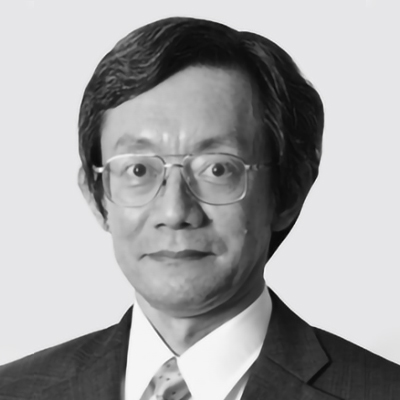
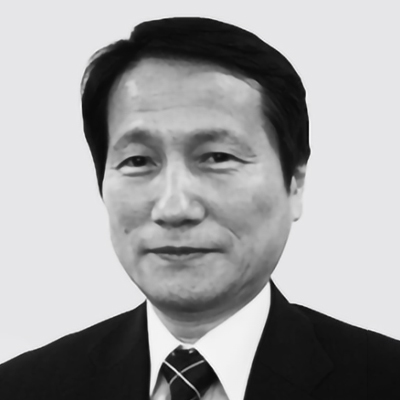
Work on international standardization in the water industry has been moving ahead at a rapid pace over recent years. One such international standardization body, the International Organization for Standardization (ISO), has technical committees (TCs) currently working on international standards for things like drinking and waste water, water recycling, and the treatment of sludge.
This article describes recent developments and gives examples of how Japan is contributing at two of these TCs in particular: ISO/TC 224, which deals with the drinking water supply, wastewater, and stormwater industries, and ISO/TC 282, which deals with water reuse.
Table 1 lists the main ISO technical committees that deal with international standardization for the water industry(1). Whereas work in the past has involved product standards that stipulated things like designs, materials, and measurement techniques, recent years have also seen progress on service standards that are formulated from a user’s perspective (see Figure 1). Recognizing this changing environment, Japan, too, has expanded the scope of its Japanese Industrial Standards (JIS) to include things like data and services(2).
Service standards that consider the users of those services have been a key focus at ISO/TC 224 since it was first established. Examples include guidelines for the quantitative performance indicators of water and wastewater services published in 2007 and requirements and guidelines on the efficient use of water (ISO 46001) in 2019. Besides, ISO/TC 282 deals with the reuse of municipal/industrial wastewater and has been developing guidelines to meet the user needs with regard to applications and quality grades of reclaimed water.
In both cases, this work on standardization in which international standards are developed from the perspective of service users as well as manufacturers and service providers can also be seen as being directed at resolving the challenges facing society.
Table 1 — Main ISO Technical Committees Dealing with Water (as of September 1, 2019)(1)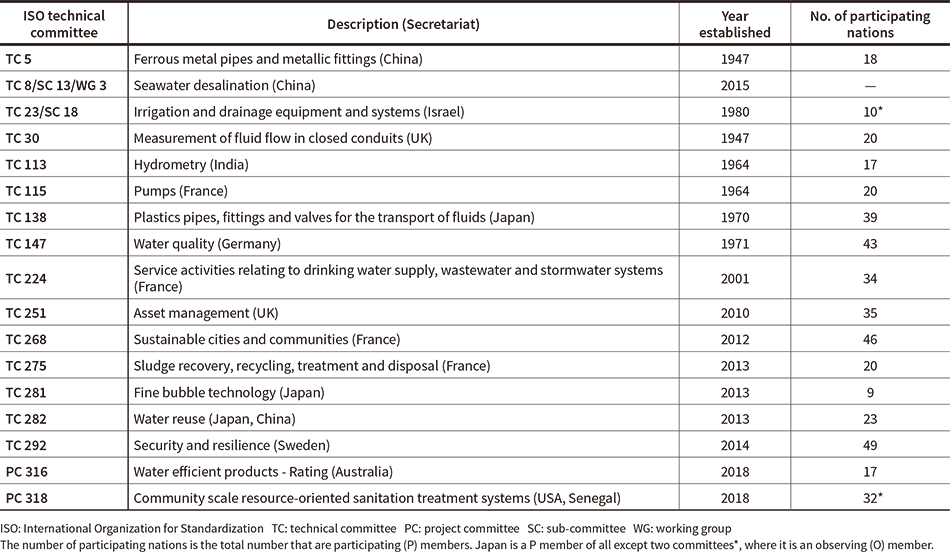 Work on international standardization in the water industry impacts on numerous ISO committees. Fields such as services and the resolution of societal challenges have been prominent areas for international standardization since the establishment of ISO/TC 224 in the 2000s.
Work on international standardization in the water industry impacts on numerous ISO committees. Fields such as services and the resolution of societal challenges have been prominent areas for international standardization since the establishment of ISO/TC 224 in the 2000s.
Figure 1 — Expansion in Scope of Waterrelated International Standardization Whereas work in the past was devoted to product standards that stipulated things like designs, materials, and measurement techniques, the scope of international standardization has since expanded to include service standards that are formulated from a user’s perspective as well as things like societal systems and organizational management.
Whereas work in the past was devoted to product standards that stipulated things like designs, materials, and measurement techniques, the scope of international standardization has since expanded to include service standards that are formulated from a user’s perspective as well as things like societal systems and organizational management.
Table 2 — ISO/TC 224 Working Groups and International Standards Formulated (as of September 1, 2019)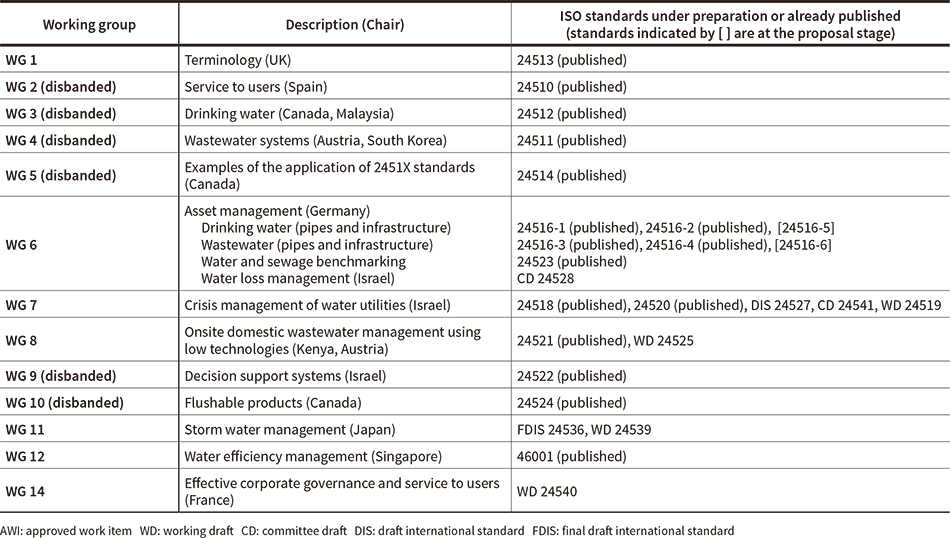 A total of 16 international standards relating to water and wastewater services have been published, with a large number of active working groups.
A total of 16 international standards relating to water and wastewater services have been published, with a large number of active working groups.
ISO/TC 224 “Service activities relating to drinking water supply and wastewater systems - Service quality criteria and performance indicators” was established in 2001 in response to a French Republic’s proposal. The committee’s early work focused on developing international standards for performance indicators (PIs) for the quantitative evaluation of water and wastewater services, with guidelines for the assessment of service by water and wastewater utilities and users being published in 2007 (ISO 24510, 24511, and 24512)(3), (4), (5). These stipulate the underlying concepts for nations to use when defining PIs for their own domestic standards, with Japan’s domestic guidelines also being adopted. These were published in 2012 as JIS standards (JIS Q 24510, 24511, and 24512). These ISO standards are coming due for their 10-yearly review and Japan is among those involved in the discussions.
From 2008, the focus shifted to specific topics, including asset management, crisis management, and stormwater management. The scope of the committee was subsequently expanded in 2017 to “service activities relating to drinking water supply, wastewater, and stormwater systems.”
Table 2 lists the ISO/TC 224 working groups and the standards they have published or are currently working on (as of September 1, 2019). Japan is participating in all of the working groups through its own national committee for working with ISO/TC 224 on water and wastewater. This national committee includes members from the private sector as well as public agencies.
ISO/TC 224 has already published more than 15 international standards over the 18 years since it was first established. Nevertheless, it continues to work actively on developing standards in areas such as crisis management, water loss management, and corporate governance. It is anticipated that Japan will continue to contribute to this work through a partnership of industry, government, and academia.
ISO/TC 282 “Water reuse” was established in 2013, chaired by Israel and with a secretariat from Japan and China. In Japan, the development of international standards on water reuse is promoted in cooperation with relevant domestic and overseas organizations under the leadership of a national committee administrated by the Director for Watershed Management at the Sewerage and Wastewater Management Department of MLIT.
The inaugural meeting of TC 282 held in Tokyo in 2014 established Sub-committee 1 (SC 1) on treated wastewater reuse for irrigation, which is coordinated by Israel, Sub-committee 2 (SC 2) on water reuse in urban areas proposed by China, and Sub-committee 3 (SC 3) on risk and performance evaluation of water reuse systems proposed by Japan. SC3 in turn has established Working Group 1 (WG 1) to deal with health risks and Working Group 2 (WG 2) to deal with performance evaluation. WG 1 is working on: (1) Health risk assessment and management, and (2) Water quality grade classification. WG 2, meanwhile, is developing guidelines for (3) Performance evaluation of treatment technologies for water reuse systems. The guidelines for health risk assessment and management have been published as ISO 20426, the guidelines for water quality grade classification as ISO 20469, the guidelines for performance evaluation of treatment technologies Part 1 (general) as ISO 20468-1, and Part 2 (evaluation on the basis of greenhouse gas emissions) as ISO 20468-2(8), (9), (10), (11).
A new joint proposal by China and Israel in 2016 saw the establishment of Sub-committee 4 (SC 4) on industrial water reuse, with Working Group 3 (WG 3) of TC 282 commencing development of a standard for water systems for biopharma industries (water for injection pretreatment and production systems) in 2017 based on a proposal by Israel. In Japan the Water Reuse Promotion Center is administrating a national committee for SC 4 and the Association of Membrane Separation Technology, Japan is dealing with WG 3.
Table 3 lists the ISO/TC 282 working groups and the standards they have published or are currently working on (as of September 1, 2019). Israel and China are leading the development of standards on methods for water reuse for irrigation, urban areas, and industry, while Japan, through SC 3, is pursuing the development of standards for risk and performance evaluation that can be applied across all areas of water reuse. SC 4, meanwhile, deals with the treatment and reclamation of industrial wastewater for reuse in industry and SC 2 (water reuse in urban areas) does the same for municipal wastewater.
Table 3 — ISO/TC 282 Working Groups and International Standards Formulated (as of September 1, 2019)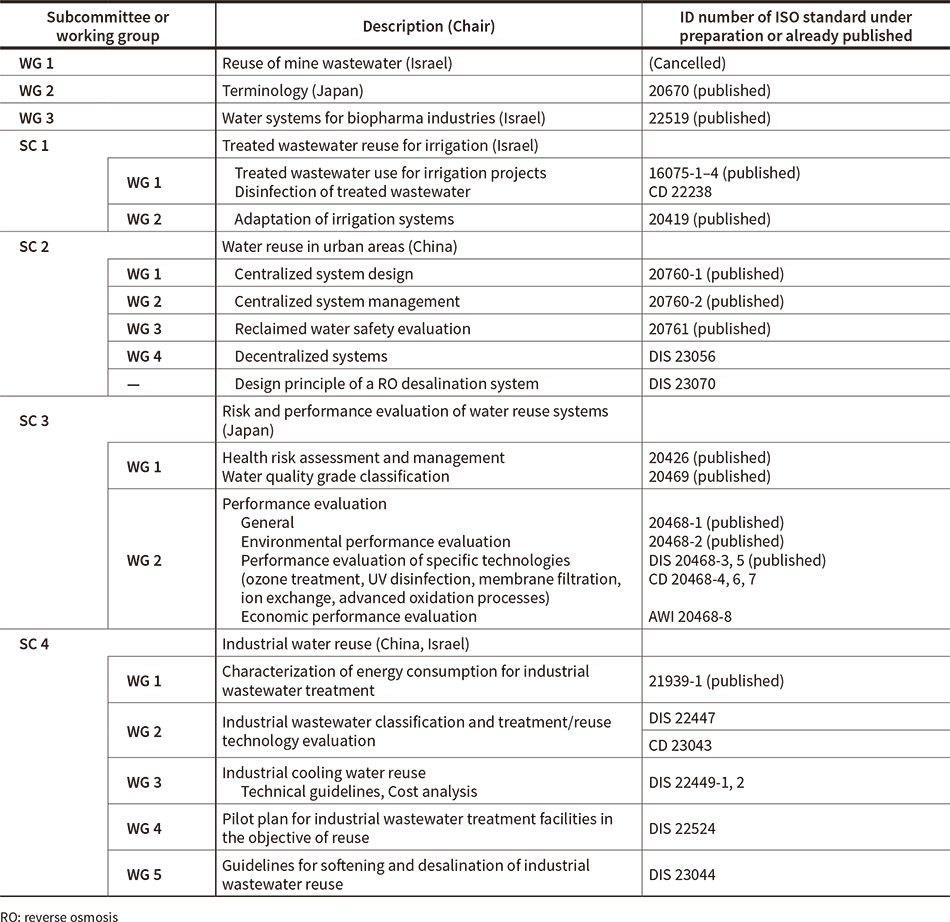 A total of 15 international standards relating to water reuse have been published, with a large number of active working groups.
A total of 15 international standards relating to water reuse have been published, with a large number of active working groups.
Figure 2 — Structure of ISO 20468 (Guidelines for Performance Evaluation of Treatment Technologies for Water Reuse Systems) (ISO/TC 282/SC 3/WG 2) ISO 20468 is made up of a section describing the general concepts that underpin performance evaluation (Part 1) and the individual standards that specify the application of the general concepts (Parts 2 to 8).
ISO 20468 is made up of a section describing the general concepts that underpin performance evaluation (Part 1) and the individual standards that specify the application of the general concepts (Parts 2 to 8).
The standards for performance evaluation of treatment technologies proposed and developed by Japan are expected to contribute internationally to sustainable water use through the export of high-quality infrastructure given an appropriate evaluation of long-term reliability, environmental performance (energy efficiency), and economics (LCCs and similar), factors that have not in the past received adequate consideration. These activities are being promoted through a partnership involving the Water Reuse Promotion Center, Kyoto University, and other relevant organizations as part of a project by the Ministry of Economy, Trade and Industry relating to international standardization for energy efficiency, with the work also being coordinated with the national committee administrated by Japan’s MLIT. Further such cooperation will be needed in the future as partnership between industry, government, and academia on the development of standards becomes more essential than ever.
Hitachi Review last reported on developments in international standardization for the water industry in 2015(12), and the field has continued to see a lot of activity since then. Japan has the potential to make a major contribution through its experience with many different water treatment technologies and maintenance practices, and in areas such as disaster response. It is expected that this participation will continue in work on international standardization through partnership between industry, government, and academia to help resolve the global challenges facing water.